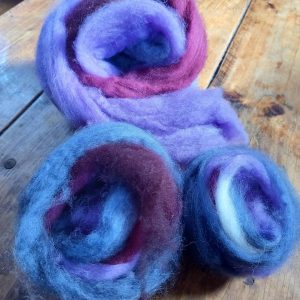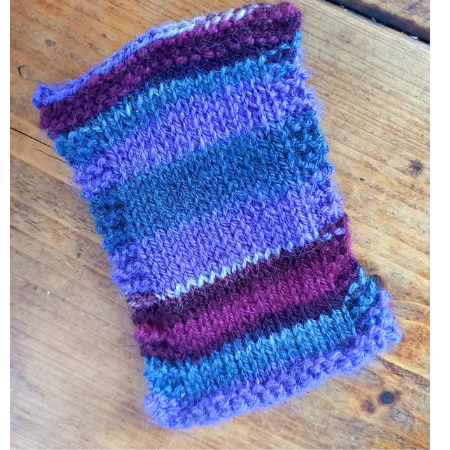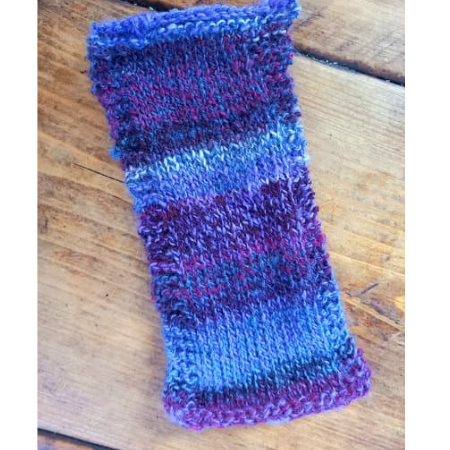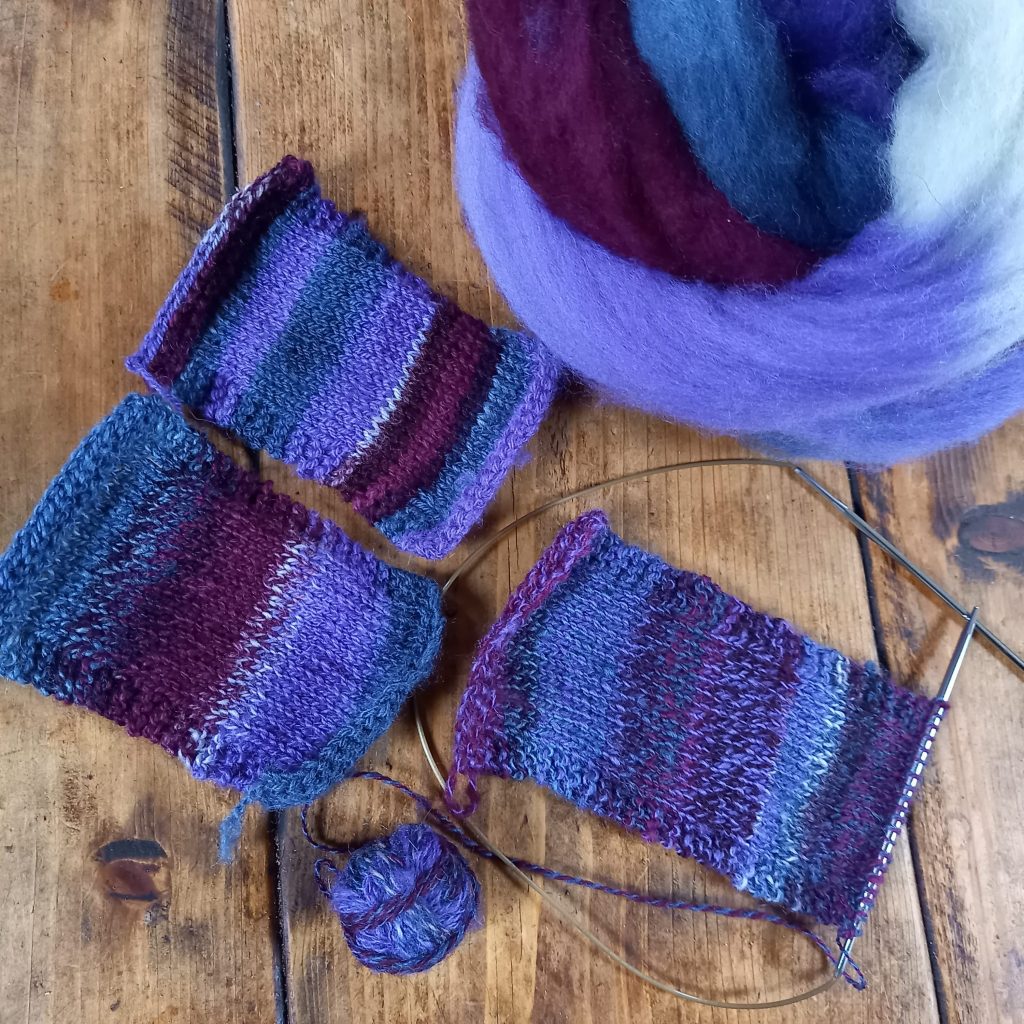Navajo or chain plying is a really useful tool to have in your spinning kit. It might seem a little complicated at first but with some practice and patience (isn't that always the case?) you'll find you're getting into the swing of things.
Navajo or chain plying is plying from one bobbin, different obviously from traditional plying which requires two bobbins on a lazykate and a clear bobbin on your wheel. With your single yarn you create a loop, attach it to your leader and chain your single to create a three-ply yarn. If you are a crocheter, you will already be familiar with the chain technique.
When you've been spinning for a while, you'll find with the best of intentions you end up with leftover singles on your bobbins. Unless you intend to have hundreds of bobbins, you're going to want to find a way of using that yarn up. Navajo plying will help with that, you can collect small amounts of plied yarns to use up as edgings in your weaving, or in scrappy blankets, as accents in your sock knitting, in toes and heels.
Another really useful way to use this technique is in maintaining defined colour stripes in your work, whether that be weaving or knitting.

Long strips of hand-dyed fibre are everywhere at yarn festivals and it's something we love to dye too. Sometimes there will be large blocks of colour, sometimes small ones and you might like just to spin away without thought - nothing wrong with that but what if you want to keep those colours true without any blending?
If you separate your fibre into thin strips and spin each one from top to bottom, trying to maintain your drafting and then use Navajo plying this will definitely help you to do that.
I decided to try three different techniques with one strip of hand-dyed fibre. I dyed the fibre with large colour bands so that I could get quite a bit of spinning done in one colour before there was a change.
With my first bobbin I spun a single that was around 24wpi with an aim to get a 4plyish yarn at the end. Because of the nature of Navajo plying, the chain will produce a three-ply yarn so that would be something to take into account when you begin to spin and how much meterage you need for your single. As this was only an experiment I didn't overly plan
I plied my singles using the technique, taking care that when the colour changes happened, I chained quite small to keep the colours separate. While the colours were solid I did large chains. I then knitted a square with the yarn which looked like this

For the next square I took my fibre and divided the strips in the same way as I did with experiment 1, but this time I spun each strip on a separate bobbin. I took care to spin with the colours the same way round so each bobbin would ideally look the same.
I spun in the same way, aiming for a 4ply plied yarn. As I'm only human though, my drafting wasn't always exactly perfect and I will insist on watching the TV while spinning so can easily get distracted. As a result, the plied yarn didn't match up exactly and the knitted swatch looked like this
The blocks of colour are there but there is heathering where the colours are mismatched, known as barberpoling. I don't dislike this, I think it looks quite nice
So for my last swatch I spun however the fibre came to me, there were bits where the fibre hadn't split off perfectly, some I spun in a strip one way, some in the other way. I spun two separate bobbins and plied them together. The resulting swatch looked like this.

Spinning is all about choices and knowing different having plying options gives us just that. The three swatches side by side show just how different those plying methods make the yarn. None are wrong, but you might like to use them in different ways.
